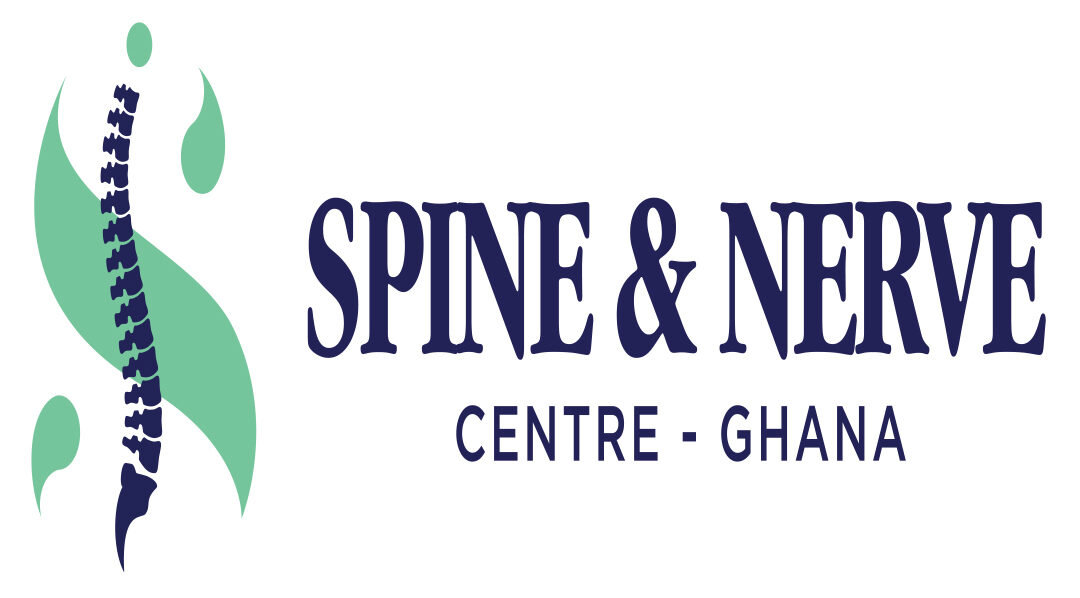
Back pain is a common issue that affects millions of people worldwide. Whether it’s due to poor posture, muscle strain, or an underlying medical condition, back pain can significantly impact your quality of life. While seeking professional care is crucial for chronic or severe pain, many mild to moderate cases can be managed effectively at home. In this article, we will explore various home remedies for back pain, highlighting natural approaches and practical tips to alleviate discomfort.
1. Heat and Cold Therapy
Heat and cold therapy are two of the most effective and easy-to-apply remedies for back pain. Cold therapy is particularly beneficial within the first 48 hours of the onset of back pain. Applying a cold pack or ice wrapped in a cloth to the affected area can reduce inflammation and numb sharp pain. After the initial inflammation has subsided, heat therapy can help relax tight muscles and improve blood flow to the affected area. A warm bath, heating pad, or warm towel can provide soothing relief.
2. Gentle Stretching and Exercise
Maintaining mobility is key to recovering from back pain. Gentle stretching and low-impact exercises can strengthen muscles, improve flexibility, and prevent stiffness. Focus on stretches that target the lower back, hamstrings, and hips. Examples include the cat-cow stretch, child’s pose, and hamstring stretches.
Walking, swimming, and yoga are excellent options for those suffering from back pain. These activities promote movement without putting excessive strain on the back.
3. Proper Posture and Ergonomics
Poor posture is a leading cause of back pain. Whether you’re sitting at a desk, standing, or sleeping, maintaining proper posture can prevent and alleviate discomfort.
Sitting: Ensure that your chair supports your lower back. Keep your feet flat on the floor and your knees at a 90-degree angle. Avoid slouching and try to take breaks to stand and stretch every 30 minutes.
Standing: Stand with your weight evenly distributed on both feet. Avoid locking your knees and hunching your shoulders.
Sleeping: Choose a mattress that provides adequate support. Sleeping on your side with a pillow between your knees can help maintain the natural curve of your spine.

4. Herbal Remedies
Certain herbs and natural supplements have been traditionally used to manage pain and inflammation.
Turmeric: Known for its anti-inflammatory properties, turmeric can be consumed in food or as a supplement to help reduce back pain.
Ginger: Ginger is another anti-inflammatory herb that can be consumed as tea or in food. It may help alleviate pain by reducing inflammation in the body.
Capsaicin Cream: Derived from chili peppers, capsaicin cream can be applied topically to the back to reduce pain by desensitizing the skin’s pain receptors
5. Mind-Body Techniques
Stress and emotional tension can contribute to back pain. Mind-body techniques that promote relaxation and mental well-being can play a significant role in managing pain. Practicing mindfulness meditation can help reduce stress and promote relaxation, which may, in turn, alleviate back pain. Deep breathing
exercises can help calm the nervous system and reduce muscle tension in the back. This technique involves tensing and then slowly relaxing each muscle group in the body, helping to release tension that may contribute to back pain.
6. Massage Therapy
Massage therapy can provide significant relief from back pain by improving circulation, reducing muscle tension, and promoting relaxation. Using a foam roller or tennis ball, you can perform self-massage techniques to target specific areas of tension in the back. If possible, consider seeking a professional
massage therapist who specializes in treating back pain. They can provide deeper, more targeted relief.
7. Epsom Salt Baths
Soaking in an Epsom salt bath can be a soothing remedy for back pain. The magnesium in Epsom salt helps relax muscles and reduce inflammation, providing relief from discomfort. Add two cups of Epsom salt to a warm bath and soak for 15-20 minutes. Ensure the water is not too hot, as this can increase inflammation.
8. Over-the-Counter Pain Relief
For temporary relief from back pain, over-the-counter pain medications such as ibuprofen or acetaminophen can be effective. Ibuprofen is a non-steroidal anti-inflammatory drug (NSAID) that can help reduce inflammation and alleviate pain. Acetaminophen is a pain reliever that works by blocking pain
signals in the brain and is a good alternative for those who cannot take NSAIDs.
9. Stay Hydrated and Maintain a Healthy Diet
Hydration and a balanced diet play a vital role in maintaining overall health, including the health of your spine and muscles. Drinking enough water helps maintain the elasticity and fluidity of your spinal discs, which can prevent back pain. Incorporating anti-inflammatory foods such as leafy greens, berries, and
fatty fish can help reduce inflammation and support overall spine health.
10. Mind Your Weight
Excess weight, particularly around the midsection, can put extra strain on your back, leading to pain. Maintaining a healthy weight through diet and regular exercise can reduce the burden on your back and prevent future episodes of pain.
Conclusion
While these home remedies can be highly effective in managing and reducing back pain, it’s important to recognize when to seek professional help. If your back pain persists for more than a few weeks, is severe, or is accompanied by other symptoms such as numbness or weakness, it’s crucial to consult a healthcare provider. Spine & Nerve Center Ghana is dedicated to providing comprehensive care for all types of back pain, combining the best of modern machines with a holistic approach.




